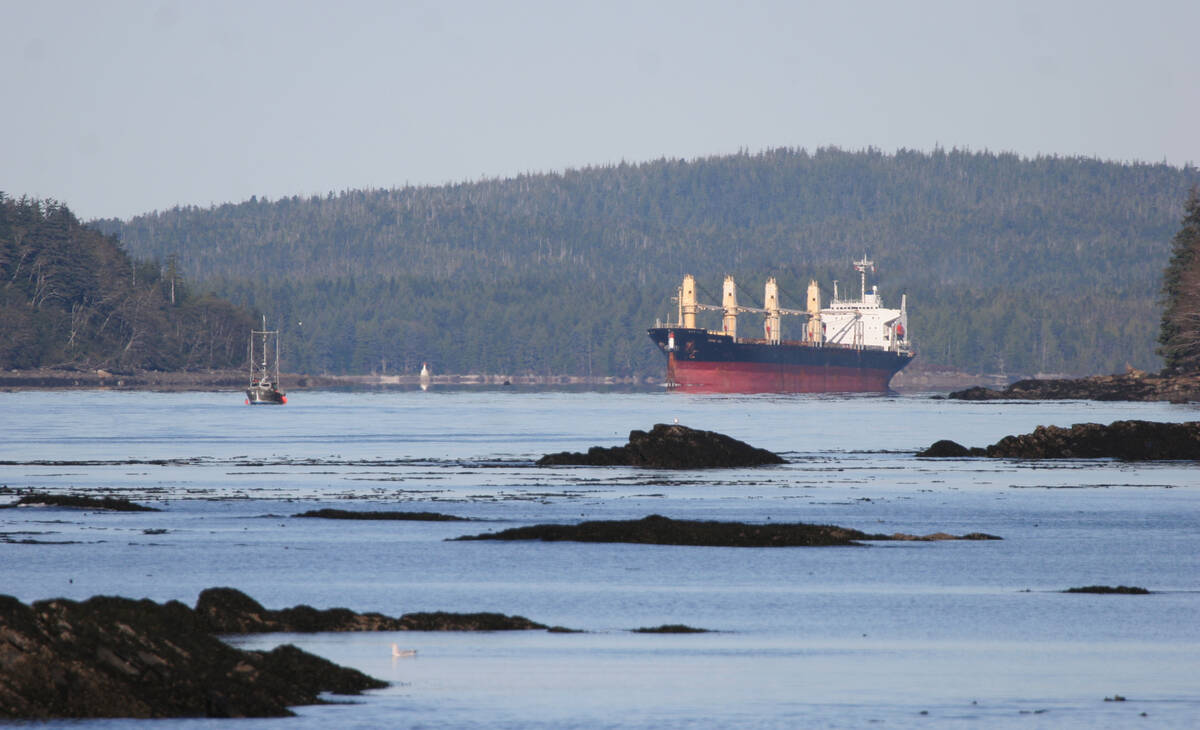Manitoba will record its lowest acreage of flax this year since Mackenzie King was prime minister.
The Manitoba Agricultural Services Corp. estimates the province will have less than 70,000 acres of flax. In 1938, Manitoba farmers seeded 43,000 acres of flaxseed, based on Statistics Canada data.
This spring, Statistics Canada is forecasting 85,000 acres.
Acres have dropped steadily from more than 400,000 in the early 2000s.
A few hundred producers in Manitoba remain committed to flax, but most have moved on to other crops.
“In my area, there are a select few growers (of flax),” said Nick Matheson, who farms near Stonewall, Man., and is a director with the Manitoba Flax Growers Association. “Everywhere it’s disappearing, and beans (soybeans) are taking over.”
Read Also

Farm groups ask feds for export sales reporting
The Agricultural Producers Association of Saskatchewan and SaskCrops asks the federal government to create an Export Sales Reporting program.
Matheson seeded 300 acres of flax this spring on his 1,500 acre farm. He still has faith in the oilseed, even though it’s finicky to grow, average yields are often only 20 to 25 bushels per acre and prices aren’t great.
“I think the price I got last week was $10.40 (per bushel).”
Many other Manitoba farmers have done the same calculations and decided that growing flax no longer makes sense. Complicating matters, Matheson said many of the elevators near his farm are unwilling or reluctant to buy flaxseed.
“They (grain companies) don’t want to tie up bins (with flax),” he said.
“Paterson Grain doesn’t want to handle it at all…. Richardson only wants to move it once per year, in the fall time…. It’s turning into a niche market.”
Cam Laxdal, who farms near Dugald, Man., said flax has been a niche crop for a number of years in Manitoba.
He didn’t seed flax this spring, but when he grew the oilseed in previous years he always sold it to small processors.
Flax proponents have tried to rejuvenate interest in the crop, spreading the message that yields higher than 30 bu. per acre are feasible if the agronomics are right, but few Manitoba producers are buying the sales pitch.
With acres below or around 100,000 for a few years, it’s reached the point where the Manitoba Flax Growers Association may not be sustainable.
Laxdal said it’s not being talked about openly, but “it’s in the back of the mind of some board members.”
“If flax acres are staying at (this) level … we’re going to have difficulty managing the situation with that low of a checkoff,” he said.
“(Maybe) do something like the oat growers did and have a prairie flax organization.”
















